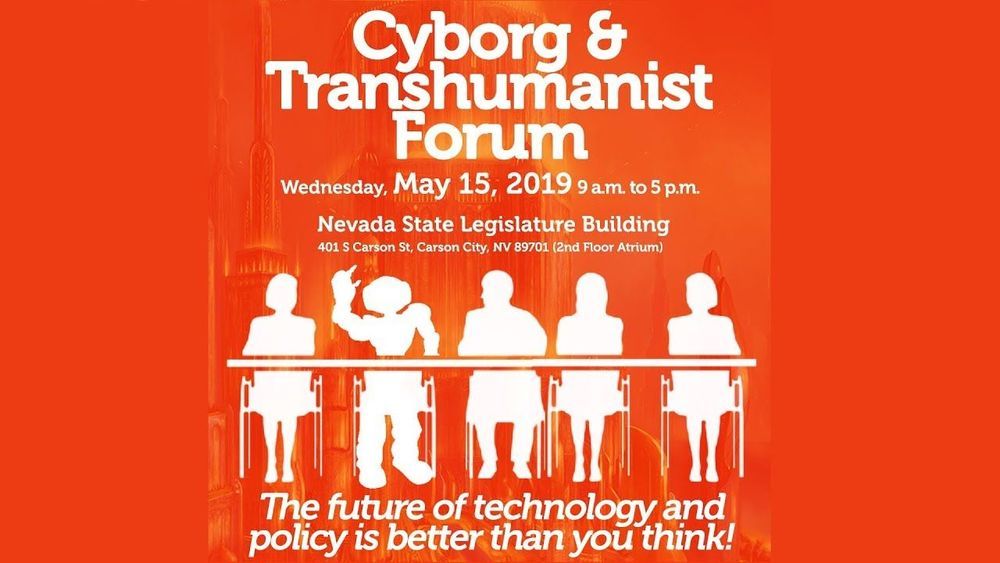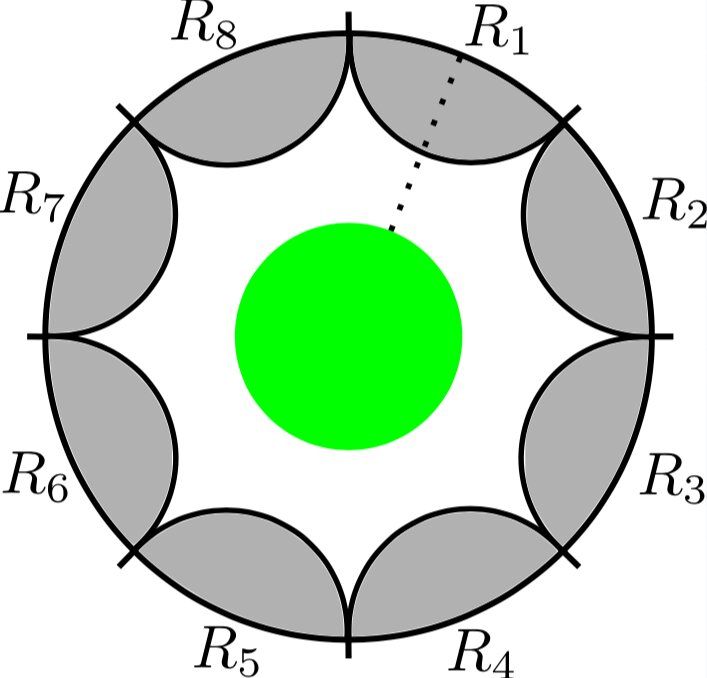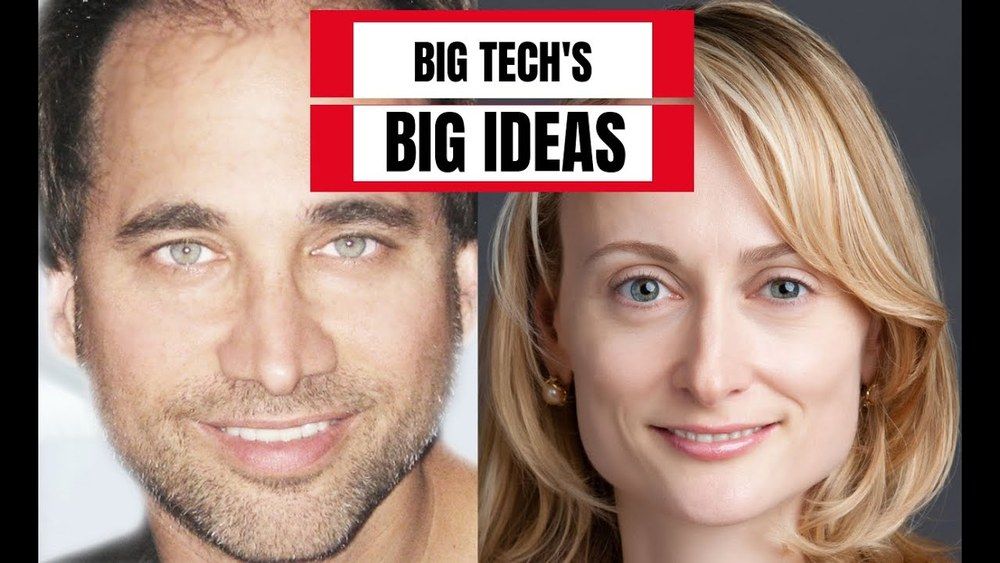The chemical process may make the metal more soluble and move it closer to the Earth’s surface.
An artificial intelligence firm says its heads-up display for astronauts could help them better manage complex space missions.
Hypergiant Industries built an “Iron Man”-inspired space helmet called HyperVSR, which can display details like an astronaut’s vital signs or other information about a mission. CEO Ben Lamm told Futurism that it may improve astronaut safety by putting more information at crew members’ fingertips and cutting down on how much they have to maneuver in a spacesuit.
“Space is an unpredictable environment, where challenges can change dramatically over the course of just a few minutes,” Lamm said. “During these situations, it’s paramount that astronaut safety is never in question. We’ve designed our helmet to enable astronauts to quickly gather information about a situation, as well as assess their own health, for enhanced decision-making even during emergencies.”
The quantum computing effort at Honeywell appears to be heating up. Over the last several months, the company has announced a series of new developments in its trapped ion quantum computer research, which suggests that it is close to launching its first system.
If you weren’t aware that Honeywell had a quantum computing program, you are not alone. While the occasional terse news statement about this effort is posted on the company’s quantum solutions page, the tech giant has otherwise been rather tight-lipped about its plans in this area. A request from us for more information was met with: “We don’t have anything further to add on this front.”
Since October of last year, Honeywell has been offering these smaller tidbits on a regular basis. In November, the company revealed it had started testing its first-generation qubit devices, followed in January by the claim that it had “demonstrated record-breaking high fidelity quantum operations” on its trapped-ion qubits. In March, it announced it had demonstrated “parallel operating zones” on the device, which it believes will provide faster execution and more flexible qubit connectivity.
Mark Handley (UCL, University College London) has simulation showing the orbits of various SpaceX Starlink satellite constellations. There are simulations of 72, 264 and 11927 satellites. SpaceX is launching 60 satellites at a time. SpaceX has 60 production Starlink satellites in orbit now for testing.
SpaceX plans six more launches of Starlink satellites by the end of the year and should have enough for an initial 720 satellites for North America, Europe and Asia service by March or April 2020.
Is aging a natural process that we simply have to accept as a fact of life?
A philosopher would say yes. Many doctors would also agree: that our cells eventually reach a point where they can no longer divide and either die or reach senescence, a retirement phase. Many scientists believe in the “Hayflick limit” — that no one can live past about 120 years old. These people might also say that aging — and dying — is a good thing; that the world is already overcrowded, that we already cannot handle our aging populations, that life must be finite to appreciate it, that all good things must come to an end.
But there’s a growing group of people — including gerontologists, biologists, engineers, and futurists—who believe that aging is a disease in itself, a disease that can be cured. That aging is not an immutable process, an inevitable “dying of the light,” to quote poet Dylan Thomas, but one we can “rage against” — through science, drugs, and lifestyle changes.
The Cyborg and Transhumanist Forum at the Nevada Legislature on May 15, 2019, marked a milestone for the U.S. Transhumanist Party and the Nevada Transhumanist Party. This was the first time that an official transhumanist event was held within the halls of a State Legislature, in one of the busiest areas of the building, within sight of the rooms where legislative committees met. The presenters were approached by tens of individuals – a few legislators and many lobbyists and staff members. The reaction was predominantly either positive or at least curious; there was no hostility and only mild disagreement from a few individuals. Generally, the outlook within the Legislative Building seems to be in favor of individual autonomy to pursue truly voluntary microchip implants. The testimony of Anastasia Synn at the Senate Judiciary Committee on April 26, 2019, in opposition to Assembly Bill 226 — https://www.youtube.com/watch?v=kXGessk5c24 — is one of the most memorable episodes of the 2019 Legislative Session for many who heard it. It has certainly affected the outcome for Assembly Bill 226, which was subsequently further amended to restore the original scope of the bill and only apply the prohibition to coercive microchip implants, while specifically exempting microchip implants voluntarily received by an individual from the prohibition. The scope of the prohibition was also narrowed by removing the reference to “any other person” and applying the prohibition to an enumerated list of entities who may not require others to be microchipped: state officers and employees, employers as a condition of employment, and persons in the business of insurance or bail. These changes alleviated the vast majority of the concerns within the transhumanist and cyborg communities about Assembly Bill 226.
This Cyborg and Transhumanist Forum comes at the beginning of an era of transhumanist political engagement with policymakers and those who advise them. It was widely accepted by the visitors to the demonstration tables that technological advances are accelerating, and that policy decisions regarding technology should only be made with adequate knowledge about the technology itself – working on the basis of facts and not fears or misconceptions that arise from popular culture and dystopian fiction. Ryan Starr shared his expertise on the workings and limitations of both NFC/RFID microchips and GPS technology and who explained that cell phones are already far more trackable than microchips ever could be (based on their technical specifications and how those specifications could potentially be improved in the future). U.S. Transhumanist Party Chairman Gennady Stolyarov II introduced visitors to the world of transhumanist literature by bringing books for display – including writings by Aubrey de Grey, Bill Andrews, Ray Kurzweil, Jose Cordeiro, Ben Goertzel, Phil Bowermaster, and Mr. Stolyarov’s own book “Death is Wrong” in five languages. It appears that there is more sympathy for transhumanism within contemporary political circles than might appear at first glance; it is often transhumanists themselves who overestimate the negativity of the reaction they expect to receive. But nobody picketed the event or even called the presenters names; transhumanist ideas, expressed in a civil and engaging way – with an emphasis on practical applications that are here today or due to arrive in the near future – will be taken seriously when there is an opening to articulate them.
The graphics for the Cyborg and Transhumanist Forum were created by Tom Ross, the U.S. Transhumanist Party Director of Media Production.
Become a member of the U.S. Transhumanist Party / Transhuman Party free of charge, no matter where you reside: https://transhumanist-party.org/membership/
A pair of researchers, one at the Massachusetts Institute of Technology (MIT) and another at California Institute of Technology (Caltech) and the University of Tokyo, have recently investigated a set of old conjectures about symmetries in quantum gravity. The specific conjectures of focus: Quantum gravity does not allow for global symmetries; For gauge symmetry, all possible charges must be realized; Internal gauge groups must be compact. Their paper, published in Physical Review Letters, shows that these old assumptions hold within the anti-de Sitter/conformal field theory (AdS-CFT) correspondence.
“Historically, the concept of symmetry has played important roles in physics, both in identifying and formulating fundamental laws of nature, and in using these laws to understand and predict natural phenomena such as dynamics and phases of matters,” Hirosi Ooguri, one of the researchers who carried out the study, told Phys.org. “However, there has been theoretical evidence to suggest that, once we combine gravity and quantum mechanics (the two fundamental ideas in modern physics), all global symmetries are gone.”
In physics, symmetries can be of two kinds: gauge and global. For several decades, researchers have proposed the idea that global symmetries should not be possible in quantum gravity, as the unified theory of gravity and quantum mechanics would not allow for any symmetry. This is a profound claim with important consequences. For instance, it predicts that a proton would not be stable against decaying into other particles.
About the Author
Paul Tilghman is a program manager in the Microsystems Technology Office of the Defense Advanced Research Projects Agency, where he’s been overseeing DARPA’s Spectrum Collaboration Challenge.
Ira Pastor, ideaXme longevity and aging ambassador and founder of Bioquark interviews Luba Greenwood J.D., Strategic Business Development and Corporate Ventures, Verily (Google Life Sciences), Board Member Mass Bio and Brooklyn ImmunoTherapeutics LLC.
Note: Following this interview, Verily announced a major set of collaborations with big pharma companies, further executing on its strategy in healthcare. Breaking news: https://www.cnbc.com/2019/05/20/alphabet-verily-doing-clinic…T4eLzIucEI
Ira Pastor comments:
In 2019 we have surpassed $7 trillion in total annual healthcare expenditures around the globe. As part of that $7 trillion, we’re now spending close to a $1 trillion a year on pharmaceutical products, $350 billion on medical devices, $200 billion on new Life Sciences R&D. Equally fascinating to note are the names of organizations becoming involved in this space in 2019.









